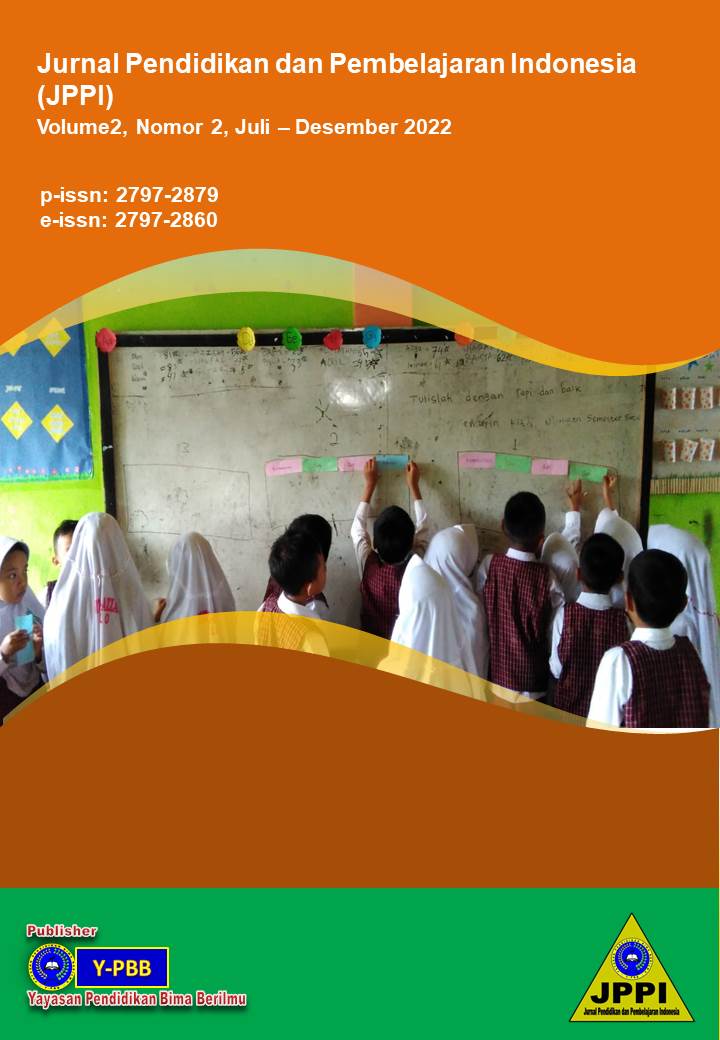The Use of Adverbials of Time in Bimanese Language: A Case Study in Bajo Village
DOI:
https://doi.org/10.53299/jppi.v2i2.248Keywords:
Adverbials of Time, Bimanese LanguageAbstract
This study aims to determine the category of using adverbs of time in Bimanese language and how the Bimanese use adverbs of time in the sentences. The samples of this study were eight participants, the native speakers of Bimanese language in Bajo Village. The data research were obtained by means of interviews, observation, audio recording, and taking note. The category of using adverb of time in Bimanese language consists of three categories. First was present category. The researchers found three categories used by Bimanese people, namely: simple present, present continuous, and present perfect. The second category was past tense. There were three categories used by the Bimanese people, namely: simple past, past continuous, and past perfect. The third category was future. In this category the researchers only found one category, namely future time.
References
Agung, A. A. G. 2012. Metodologi Penelitian; Suatu Pengantar. Singaraja: Fakultas Ahmadin. (2017). Kajian Linguistik Komparatif Terhadap Bunyi Vokal Dan Konsonan Bahasa Jawa Dan Bahasa Bima. JLT – Jurnal Linguistik Terapan, 7(2), 2-8.
Katupayan, S. N. (2016). Kata Keterangan Frekuensi Dalam Bahasa Inggris Dan Bahasa Tondano (Suatu Analisis Kontrastif). Jurnal Elektronik Fakultas Sastra Universitas SAM Ratulangi, 3(1), 1-15.
Palenewen, M. (2015). Kata Keterangan Dalam Novel Hook Karya Walter Van Tilburg Clarks. Jurnal Elektronik Fakultas Sastra Universitas SAM Ratulangi, 4(5), 1-16.
Rahayu, A. P. (2015). Menumbuhkan Bahasa Indonesia Yang Baik Dan Benar Dalam Pendidikan Dan Pengajaran. Jurnal Paradigma, 2(1), 1-15.
Satyawati, M. S. (2014). Bentuk dan Fungsi Operator Bahasa Bima (Form and Function of Bima Language Operator). MOZAIK, 14(2), 167-177.
Suhendra, T. M., Chodijai, S., & Ainiyah. (2018). Improving Syntax Learning Achievement throughLesson Study Based Learning. Journal Of Humanities And Social Studies, 2(1), 12-17.
Supriadin. (2017). The Comparison of Temporal Deixis Between English and Bima Language. Jornal Unsa Progress , 22 (2), 86-96.
Zahro, S. K. (2018). English Syntax Acquisition Order Of Indonesian Elementary School Learners: An Analysis Of Grammatical Function Of Third And Sixth Graders. Edulitics Journal, 3(2), 37-43.
Downloads
Published
Issue
Section
License
Copyright (c) 2022 Jurnal Pendidikan dan Pembelajaran Indonesia (JPPI)

This work is licensed under a Creative Commons Attribution 4.0 International License.














